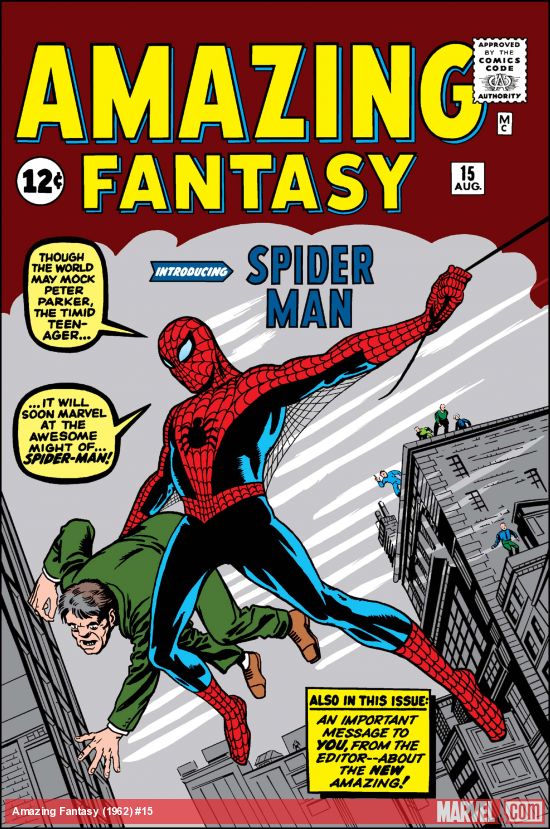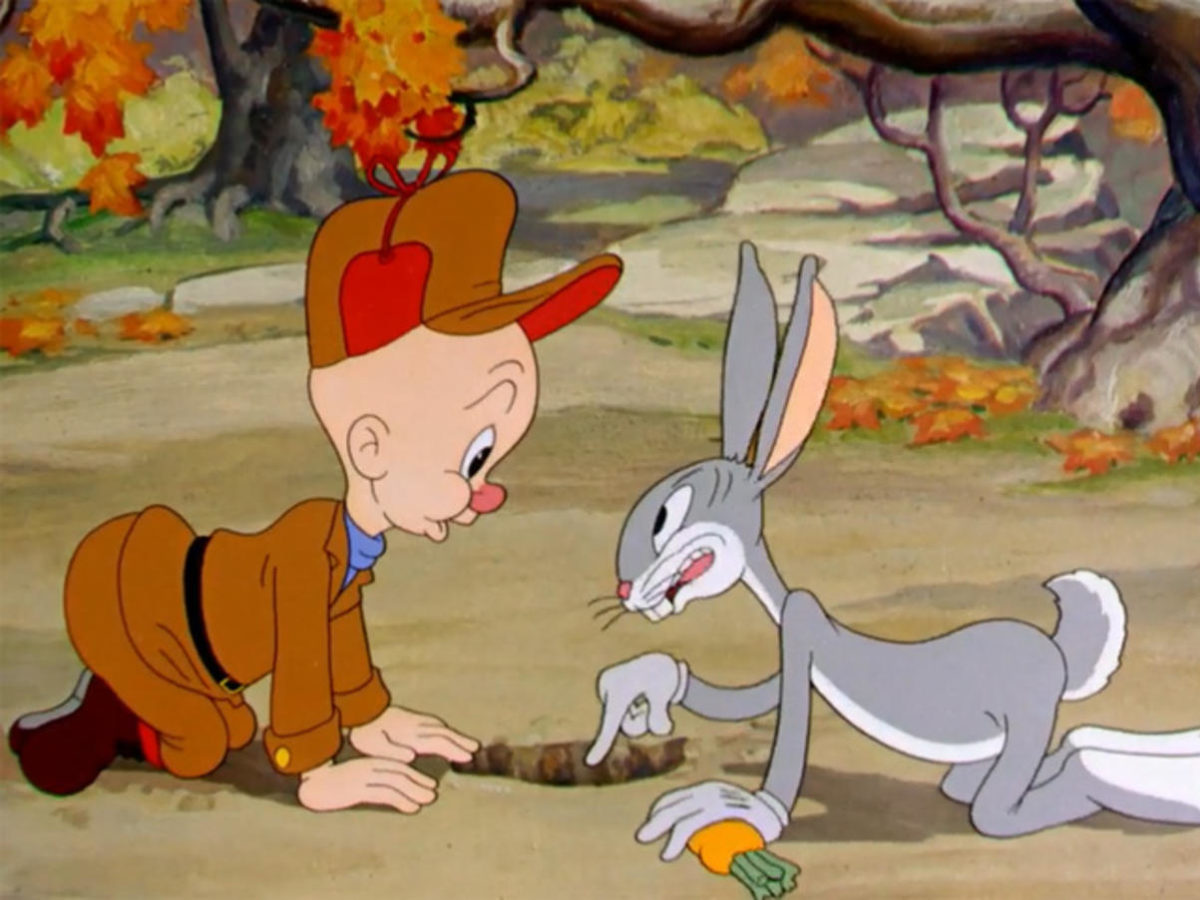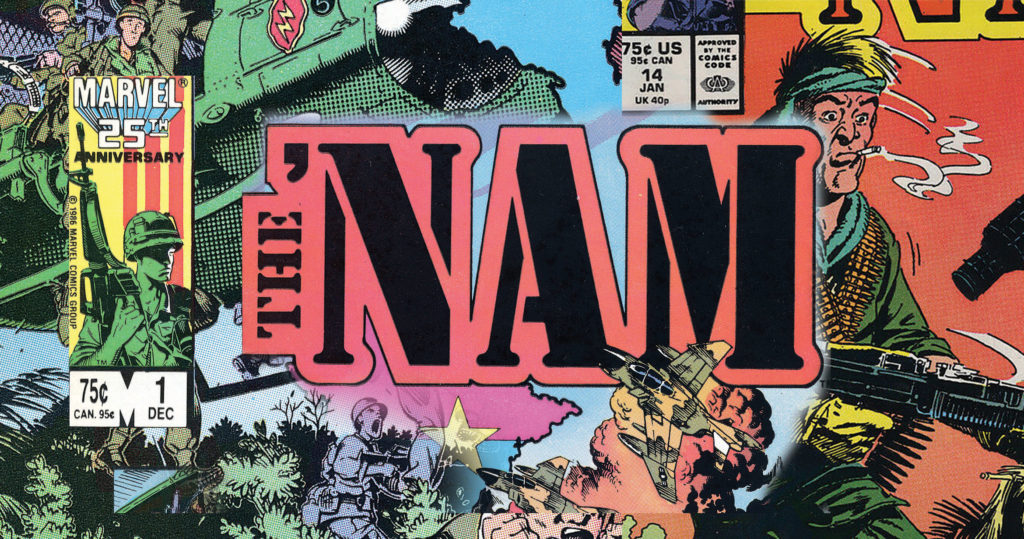Thwip! With a single bite from a radioactive spider in the summer of 1962, New York high school nerd Peter Parker was transformed into the world’s favorite webslinging crimefighter, dispensing wisecracks along with monthly bouts of four-color justice in what would become Marvel Comics‘ marquee series — and a new way of writing the increasingly popular American cultural phenomenon of superhero comics.
Though he’s still usually portrayed as a skinny teen (or bulkier young adult), Spider-Man turned 60 years old in 2022 — even if it’s not entirely clear whether his official birthday should be June 5 or sometime in August (in the Tom Holland Spider-Man movies, his ID states that his birthday is Aug. 10). In the last six decades, he’s gone on to become the face of a media empire worth billions — his cinematic outings alone have raked in over $ billion worldwide as of August 2022, and he’s spawned more toys and starred in more television shows, video games, books, audiobooks and, oh yeah, comic books, then we have space to tally here.
Spidey’s also indirectly responsible for probably millions in damage to households across the world with young children trying to emulate the hero’s exploits — but we can let that one pass for a superhero.
GET HISTORY’S GREATEST TALES—RIGHT IN YOUR INBOX
Subscribe to our HistoryNet Now! newsletter for the best of the past, delivered every Monday and Thursday.
Spider-Man’s origin story — the real one
Marvel writer Stan Lee and legendary illustrator Steve Ditko (and possibly artist Jack Kirby) created the Spider-Man character for the same reason you throw a party at a house the bank’s about to repossess: The “Amazing Fantasy” title was failing, so they decided they might as well throw an experimental one-off character into it and see what happened.
The result was electric. Instead of featuring yet another superhero whose alter ego was a responsible, grown man with an essentially static personal life and set moral compass, Peter Parker was still a kid — but not just a sidekick. Lee even worked with Ditko to ensure that this new hero didn’t have the proportions of the mature superheroes of the Golden Age of comics, guys with barrel-chested, Wallace Beery wrestler physiques.
And, critically to his character, Parker immaturity showed in his acts, too, with deadly consequences. Spider-Man reveled in his new strength, enjoying his escape from a life of being bullied as Peter Parker. But when he had the chance to stop a burglar, he chose the wrong path and didn’t intervene. That burglar, of course, ended up murdering his Uncle Ben, setting Spider-Man on the path of justice.
“And a lean, silent figure slowly fades in the gathering darkness, aware at last that in this world, with great power there must also come — great responsibility!” the narrator said in the final panel of “Amazing Fantasy No. 15.”
More Comics and Cartoons in History
Spider-Man Grows Up
Spider-Man was an instant success, and he got his own title, which became a flagship for Marvel and a bellwether for the culture and the politics of the time. In the 1970s, prompted by the Nixon administration, the Spider-Man series broke a longstanding restriction against portraying drug abuse in comics with a plot about his longtime friend Harry Osborn (the future Green Goblin II and son of Norman Osborn, alter ego of Spidey’s archenemy the original Green Goblin). The Harry Osborn drug addiction storyline ultimately caused the Comics Code to be revised to be less strict.
Months later, in 1973, the Green Goblin (the Norman Osborn version) provoked a fight with Spider-Man atop the George Washington Bridge, throwing Peter Parker’s longtime girlfriend Gwen Stacy off a tower. Her death, caused partially by Spider-Man’s attempt to save her, is still considered one of the most important deaths in comics history. By the end of the 1970s, Peter Parker had graduated from college.
In 1984, Spider-Man shed his classic red-and-blue costume for a black-and-white one that better reflected the grittier trend in crime storytelling and Manichean sensibilities of the Reagan era. (He returned to his original suit four years later. Turned out his black suit was actually an alien that comics readers now know better as Venom.) In 1987, Spider-Man married his girlfriend, Mary Jane Watson, in a real-life ceremony at Shea Stadium officiated by Stan Lee.
In the 1990s and 2000s, as Spider-Man comics titles multiplied like so many variations of the Green Goblin, Spider-Man was controversially cloned, lost then regained his Aunt May and M.J., found out Gwen Stacy was really alive and the mother of Norman Osborn’s children (a much-derided storyline), had his secret identity publicly revealed, lost his memory of being married, switched bodies with his foe Doctor Octopus, and welcomed a whole army of other heroes with spider powers, including popular characters like Miles Morales and Ghost Spider (an alternate-universe version of Gwen Stacy). You know, typical comic book stuff.
Spider-Man in Movies
Meanwhile, Spider-Man went from being Marvel’s last, best hope for movie success to a movie character who had to be added to the Marvel Cinematic Universe only after extensive and sometimes nasty legal wrangling. He’d already been a hit on television, including in “The Electric Company” and a series of animated shows, but Hollywood eluded him until the 21st century.
Though the Spider-Man character had been featured in middling silver-screen and live-action efforts in the 1970s (including a bizarre Japanese TV version!), Spider-Man proved Marvel superheroes had movie legs with Sam Raimi’s 2002 “Spider-Man,” which spun off two sequels. The rights to these movies, however, were owned by Sony Pictures, who’d refused to pay for any other Marvel characters, seeing them as having little potential.
By the time Sony resurrected Spider-Man as a movie character in 2012, this time with Andrew Garfield, the MCU was already on its way to dominating the box office. After much coyness on all sides, even more behind-the-scenes legal work and lots of leaks, Disney (who now owns Marvel) and Sony finally hammered out a deal to include Spider-Man in the MCU. British actor Tom Holland debuted in Spidey tights in 2016’s “Captain America: Civil War.”
But whether you enjoy the Webhead’s adventures on paper or on the screen, and even if you didn’t even know your friendly neighborhood Spider-Man from Deadpool until he took on Thanos, swing over to the play button and enjoy these video moments from Spidey history.
historynet magazines
Our 9 best-selling history titles feature in-depth storytelling and iconic imagery to engage and inform on the people, the wars, and the events that shaped America and the world.









